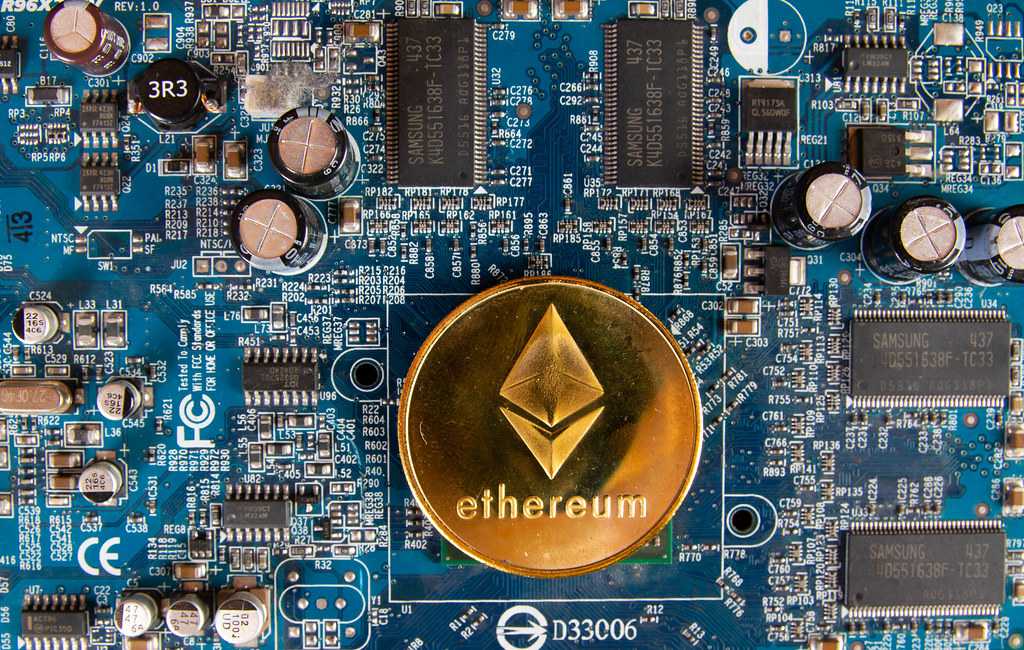Cryptocurrencies are digital currencies that use cryptography – a technique for encoding data to make it unreadable to anyone who lacks a password. Because of cryptography, cryptocurrencies are practically impossible to forge, though their security is also dependent on several other factors.
Modern cryptocurrencies are decentralized systems based on blockchain technology. The blockchain is a distributed database structure first described by a cryptographer named David Chaum in his 1982 doctoral dissertation. In the crypto world, the blockchain serves as a public ledger of encrypted transactions that is maintained and updated by thousands of people all over the world. Transactions are anonymous but are publicly available.
Bitcoin is not the first digital currency. It is not the first implementation of blockchain technology. It is not the first use of public key cryptography to keep data secure. But because all of these elements are assembled into a single system, it is the first modern cryptocurrency.
Let’s take a quick look at the history of cryptocurrency.
Before Bitcoin
Before the creation of Bitcoin, there were quite a few examples of online digital currencies, but none succeeded in attracting much interest or establishing themselves in financial markets. Two examples of such currencies are B-Money and Bit Gold.

2008: Satoshi Nakamoto and Bitcoin
The internet domain bitcoin.org was registered in August 2008. It remains the homepage of the world’s most widely used cryptocurrency. On October 31 of the same year, a person or organization using the name Satoshi Nakamoto published a scientific paper titled Bitcoin: A Peer-to-Peer Electronic Cash System. This paper is known in the crypto world as “Satoshi’s whitepaper.”
The paper presented the concept of cryptographically secured blockchain technology. Bitcoin was described as a theoretical open-source digital resource. “Open source” meant that no one owned it and that everyone could participate in its use and development.
To this day, no one knows who Satoshi Nakamoto is. His identity is subject to lots of myths and theories. It is possible that his identity will always remain unknown.
2009: Bitcoin Mining Begins
In early 2009 the Bitcoin software became available to the public for the first time. Satoshi Nakamoto mined the first 50 Bitcoins, thus launching the practice of crypto mining. It was a time when only a small team of programmers and enthusiasts participated in the development of what few of them anticipated would one day be viewed as a groundbreaking technology.
2010: Early Transactions
It wasn’t realistic to attribute any real value to Bitcoin during its first year of existence. Developer Gavin Andresen bought 10,000 Bitcoins for $50 and created a website called Bitcoin Faucet where he literally donated Bitcoin for fun.
The most famous tale from this era concerns Laszlo Hanyecz, a software developer who bought two pizzas for 10,000 Bitcoins. This is widely recognized as the very first cryptocurrency transaction. At Bitcoin’s peak price, those two pizzas would be worth well in excess of $600 million. But Laszlo never regretted his decision. He believes it was a crucial step in establishing the growth of the crypto ecosystem.
In December 2010, Satoshi Nakamoto posted his last public message to the popular online forum called bitcointalk. He wrote about some minor details about the latest version of the software. Afterwards, he remained in touch with some programmers via email, but there is no trace of him after April 2011.
2011: New Cryptocurrencies Are Born
On the wing’s of Bitcoin’s success, the idea of decentralized digital currencies slowly started to gain traction. As a result, the first alternative cryptocurrencies began to appear. Because these currencies were alternatives to the established cryptocurrency, Bitcoin, they were known as altcoins.
Most altcoins offer incremental improvements over the original Bitcoin protocol, features like greater speed, enhanced anonymity, and so on. Litecoin was among the first altcoins, which is why it is sometimes portrayed as the silver to Bitcoin’s gold. There are now thousands of cryptocurrencies.

2013: The First Big Bubble
In January 2013, the price of a single Bitcoin exceeded $1,000 for the first time. It was an important milestone, even if the price dropped quickly afterward and then stagnated for about two years before managing to hit the $1,000 mark again.
Some early adopters suffered great losses during the price lull, and it caused a lot of negative press for Bitcoin. There was a lot of news coverage, and many people learned about cryptocurrency for the first time in the context of these lost fortunes.
The crypto market grew slowly. It wasn’t clear how many of the alt coins would survive. Many didn’t.
2014: Mt. Gox and Turbulent Times
The market’s biggest cryptocurrency exchange was a website called Mt. Gox. In January 2014, it was hacked. The hackers got away with 850,000 bitcoins. It still isn’t clear who was responsible for what remains the largest theft in crypto history.
Critics said that because cryptocurrencies are based on anonymity and decentralization, it was no wonder it was hacked and that the hackers were impossible to trace.
In November 2014, the founder of the Silk Road crypto website was sentenced to life imprisonment after illegal drugs were found to account for about 70% of the products sold via his website, which relied on Bitcoin to make sales to anonymous customers.
2015: Ethereum and the Altcoin Boom
The Ethereum project was launched in 2015. Some people think of it as the first truly useful implementation of the ideas underlying Bitcoin. Ethereum introduced smart contracts, a technology that allows the blockchain to host software programs in addition to crypto funds. Smart contracts enabled the development of complex, useful applications in finance and other areas.

In addition to smart contracts, Ethereum pioneered the notion of hosting multiple currencies. Although Ethereum had its own cryptocurrency, Ether, countless new token projects were implemented on top of the Ethereum blockchain. Smart contracts and custom currencies proved a powerful combination for ambitious developers and entrepreneurs.
2016: A Flood of ICOs
Ethereum’s popularity was marked by the emergence of projects that acquired start-up funds via crowdfunding – specifically initial coin offerings in which new tokens are offered to investors much as newly issued stock is offered to investors when a corporation goes public in an IPO, or initial public offering. People bought the coins as investments or to support the projects the coins were created to support.
Some of the ICOs turned out to be poorly conceived. Some were get-rich schemes. Some were Ponzi schemes masquerading as legitimate investments. And some laid the groundwork for innovative, useful products and services.
2017: Bitcoin reaches $20,000
The number of publicly available trading platforms and exchanges gradually increased, making it much easier to buy and sell cryptocurrencies. The explosion of ICOs intensified.
All of this contributed to the rapid growth of the ecosystem. This young technology promised huge profits, and the total market capitalization of cryptocurrencies exceeded $800 billion dollars by the start of 2018. It seemed like the only thing you needed to put a new company on the map was to make sure “crypto” or “blockchain” was part of its name.
2018: Back to Reality
The market’s growth was unsustainable, so in retrospect it seems inevitable that the bubble burst and prices began a step decline. Many projects collapsed as they were poorly conceived or too ambitious.
2019-Present: Solving Real Problems
Crypto projects that survived the 2018 burst seemed to have something in common. They address real problems and deliver useful new services using the power of blockchain technology and cryptocurrencies. Investors are now analyzing the business plans of crypto start-ups instead of simply investing in new cryptocurrencies based on their usefulness in everyday buying and selling. Today’s crypto projects are found in gambling, video games, sports, identity management, finance, and other industries. With more than a decade of technical development behind them, today’s crypto experts are able to find ways to streamline pre-blockchain businesses, offering new products and services that could not exist without blockchain.
Facing the Future
The world is increasingly digital and interconnected, and cryptocurrencies play a key role in delivering financial autonomy to every person on the planet.
Bitcoin and other cryptocurrencies represent one possible future of money, with an emerging consensus that they will radically change the global financial system.
There are nearly 2 billion would-be consumers, worldwide, who don’t have access to banking services. Cryptocurrencies could allow each of them to participate in the world’s financial life. What they do and say with this opportunity will change us all forever.
NOTE
This text is informative in nature and should not be considered an investment recommendation. It does not express the personal opinion of the author or service. Any investment or trading is risky, and past returns are not a guarantee of future returns. Risk only assets that you are willing to lose.




 IOS
IOS Android
Android